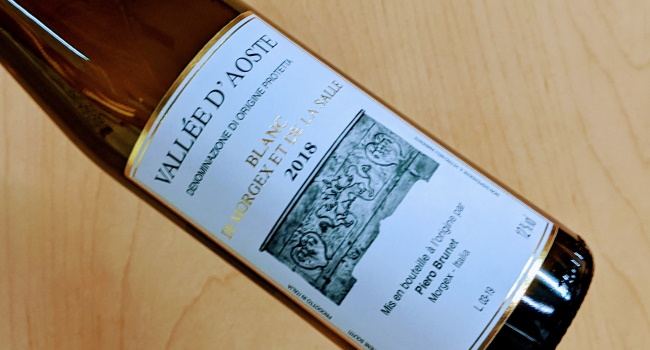
Morgex and La Salle are neighboring villages at the foot of Mont Blanc in the Alta Valle, or High Valley, of the Vallèe d’Aoste. The local grape variety, Prié Blanc, was brought to fame by Alexandre Bougeat, who, besides serving as parish priest of Morgex, began bottling wine in 1964. In 1985, Piero Brunet took over his family’s vineyards and purchased a part of the original vineyards of “Curé Bougeat”. Piero, his wife, and their two daughters now farm just under a hectare of high-altitude (1000-1200 meters), steeply-terraced, pergola-trained, own-rooted vines and make just over 300 cases of their single and singular wine. Lovers of heroic viticulture and Alpine wines, take note!